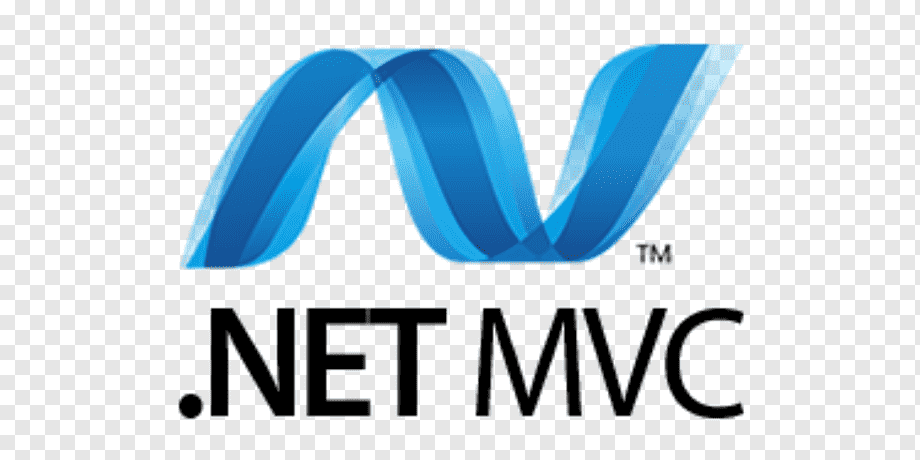The Significance of Email Verification in ASP.NET MVC
Email verification is a crucial component of user registration and authentication in ASP.NET MVC. It ensures that users provide valid email addresses during registration and helps maintain the security and integrity of your web application. Here's why email verification is essential:
User Authentication: Email verification confirms the authenticity of user-provided email addresses, enhancing the security of user accounts.
Reduced Fraud: Verifying email addresses reduces the risk of fraudulent registrations, as users must have access to the email accounts they provide.
Communication: Valid email addresses enable your application to communicate with users effectively, sending account-related notifications, password resets, and updates.
Implementing Email Verification in ASP.NET MVC
To implement email verification in your ASP.NET MVC application, you can follow these steps:
1. User Registration
Begin with user registration, where users provide their email addresses and other required information.
2. Email Confirmation Link
After user registration, generate a unique confirmation link containing a token that is associated with the user's email address.
3. Sending Confirmation Email
Send an email to the user's provided email address with the confirmation link. The email should contain clear instructions on how to confirm their account.
4. Token Validation
When the user clicks the confirmation link, validate the token to confirm their email address.
5. Account Activation
Once the token is validated, mark the user's account as activated and allow them to access the application.
6. User Experience
Provide feedback to users throughout the process, informing them if their email is successfully confirmed or if there are any issues.
Best Practices for Email Verification in ASP.NET MVC
To ensure a secure and user-friendly email verification process in ASP.NET MVC, consider these best practices:
Token Expiration: Set an expiration time for email confirmation tokens to enhance security.
Token Regeneration: Allow users to request a new confirmation email in case the previous link expires.
User-Friendly Messages: Provide clear and concise messages to guide users through the email verification process.
Double-Opt-In: Implement a double-opt-in process to confirm users' intent to subscribe or register.
Logging: Implement robust logging to track email verification activities for auditing purposes.
Advanced Features for Email Verification
ASP.NET MVC offers several advanced features and techniques for enhancing email verification in your web application:
Two-Factor Authentication: Implement two-factor authentication, combining email verification with another method for added security.
Custom Email Templates: Create custom email templates for confirmation messages, allowing you to tailor the user experience.
Security Measures: Integrate additional security measures, such as CAPTCHA, to prevent automated registration.
Multi-Language Support: If your application serves a global audience, consider adding multi-language support for email verification messages.
Troubleshooting Email Verification Issues
If you encounter issues with email verification in your ASP.NET MVC application, here are some common problems and solutions:
1. Email Not Received
If users don't receive the confirmation email, encourage them to check their spam folder, and ensure that your email delivery settings are correct.
2. Expired Confirmation Links
Users may click on an expired confirmation link. In such cases, provide an option to resend the confirmation email.
3. Token Mismatch
Ensure that the token in the confirmation link matches the token associated with the user's email address.
4. Blocked Email Providers
Some email providers may block automated emails. Consider using a reliable email service provider or SMTP server to avoid this issue.
5. Test and Debug
Regularly test and debug the email verification process to identify and address any issues promptly.
Frequently Asked Questions
Let's address some common questions related to email verification in ASP.NET MVC:
Q1: Is email verification required for every web application?
While email verification enhances security, its necessity depends on the specific requirements and goals of your web application. It's particularly crucial for applications that involve user accounts and sensitive data.
Q2: Can I use third-party email verification services?
Yes, you can integrate third-party email verification services to enhance the accuracy and reliability of your email verification process.
Q3: Are there ASP.NET MVC libraries or packages for email verification?
Yes, there are packages and libraries available that can simplify the implementation of email verification in ASP.NET MVC, such as Microsoft's Identity framework.
Q4: How can I handle email verification for large user bases?
For large user bases, consider implementing efficient background processing and scaling your infrastructure to handle email verification requests efficiently.
In conclusion, mastering email verification in ASP.NET MVC is crucial for ensuring secure user
registration and authentication in your web applications. By following the steps, best practices, and advanced techniques outlined in this comprehensive guide, you'll be well-equipped to implement a robust and user-friendly email verification system. Elevate your web application's security and user experience with the power of email verification in ASP.NET MVC.



